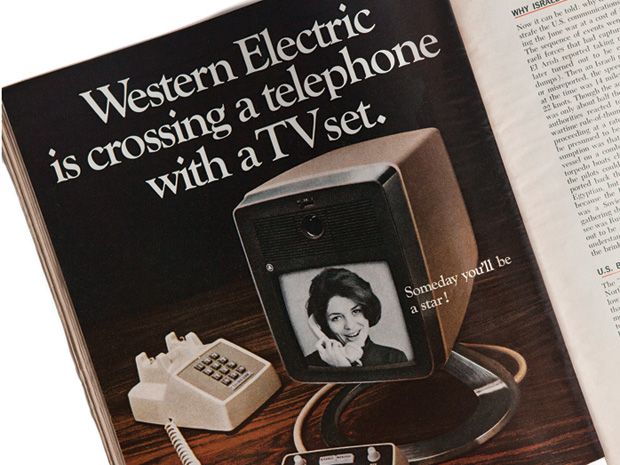Long Before FaceTime or Skype, There Was the Picturephone
“Someday you’ll be a star!” promised this 1968 Western Electric ad
In the 1960s, AT&T and its manufacturing subsidiary, Western Electric Co., became convinced that the next big thing would be a video telephone on every desk. With great fanfare, AT&T launched the first Picturephone service in 1970, confidently predicting a million sets in use within the decade. But the offering was a spectacular flop. Its failure can be variously attributed to networking issues (it only worked if the person you were calling also had one); high cost (a lease was US $160 a month—about $970 in today’s dollars); and, most damning, general dislike. The Picturephone was, by default, always on, and people just did not want to be seen all the time. The irony, of course, is that today’s consumers most definitely do like to be seen, so long as they can choose when that happens. Through free services such as FaceTime and Skype, video telephony is now readily available, albeit on computers and smartphones, rather than dedicated sets operated as part of a wired telephone network.
This article originally appeared in print as “Before FaceTime or Skype, there was the Picturephone.”
Part of a continuing series looking at the story of technology as told through advertisements.
About the Author
Sheldon Hochheiser is the corporate historian of AT&T, overseeing the company's vast archives in Warren, N.J. Prior to that, he was the archivist and institutional historian at the IEEE History Center.
